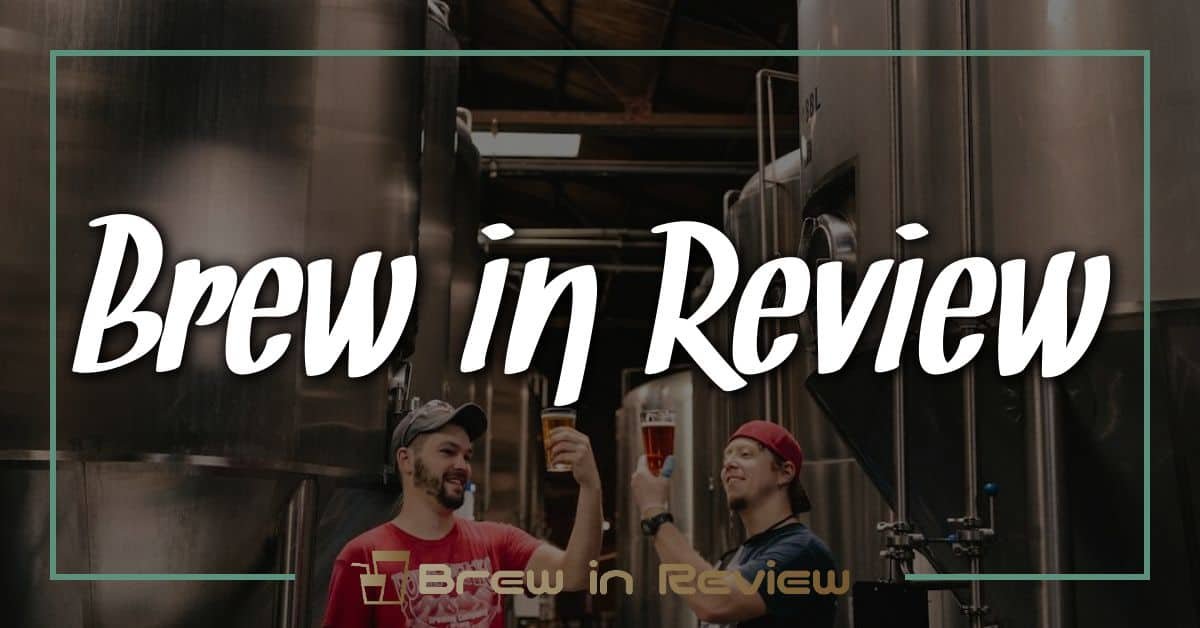Breweries have always been at the heart of local communities, crafting unique flavors that reflect our tastes and preferences. As trends shift and evolve, these passionate artisans must adapt to stay relevant and keep their loyal customers coming back for more. Whether it’s embracing sustainability or experimenting with innovative ingredients, the world of brewing is anything but stagnant.
I love exploring how breweries respond to changing consumer demands and the creative ways they reinvent their offerings. From limited-edition brews to collaborations with local farms, the adaptability of these establishments showcases their commitment to quality and community. Join me as we dive into the fascinating world of brewing trends and discover how these breweries keep their craft alive and thriving.
Understanding Current Trends in the Brewing Industry
Breweries constantly adapt to trends shaping the industry. I find it crucial to stay updated on consumer preferences and technological innovations to create beers that resonate with drinkers.
Consumer Preferences
Consumer taste buds drive the brewing direction. I notice a growing demand for unique flavors, gluten-free options, and low-alcohol choices. Many drinkers lean towards local and artisanal products, favoring small craft breweries. This shift encourages me to experiment with seasonal ingredients like fruits and herbs, leading to creative and unexpected flavor combinations. Additionally, health-conscious choices, including reduced sugar and calorie options, attract a wider audience. I focus on creating brews that align with these preferences, keeping my offerings fresh and exciting.

Technological Innovations
Technology plays a significant role in brewing. I utilize advancements in brewing equipment, fermentation, and packaging to enhance consistency and quality. Automated systems streamline processes, allowing for precise temperature control and fermentation tracking. These innovations also support small batch production, enabling me to create limited-edition releases that excite local consumers. Furthermore, data analytics help me understand trends and customer feedback, guiding future recipes. Embracing new technologies allows me to refine my craft and meet evolving consumer tastes effectively.
Strategies for Adaptation
Breweries continuously adapt to trends, ensuring they meet consumer demands and stay competitive. I often witness firsthand how these strategies unfold in my professional brewing journey, as well as in my home brewing experiments.
Product Diversification
Product diversification stands as a crucial strategy for breweries. I experiment with various beer styles, ranging from IPAs to stouts, and often craft seasonal or limited-edition brews. Many breweries now produce gluten-free options or low-alcohol varieties, attracting broader audiences. Collaborations with local farms for fresh ingredients enhance unique flavors and foster community relationships. This practice not only differentiates brands but also creates excitement around new releases, satisfying adventurous drinkers eager for distinctive tastes.
Sustainable Practices
Sustainable practices form another vital component of adaptation. Breweries increasingly incorporate renewable energy sources and water conservation techniques in their processes. I emphasize sustainability in my home brewing by sourcing ingredients locally and minimizing waste. Many breweries also prioritize recyclable packaging, encouraging eco-conscious consumers to engage with their products. Implementing these practices not only benefits the environment but also resonates with customers who value sustainability, creating a loyal customer base committed to supporting these efforts.
Case Studies of Successful Breweries
Breweries thrive on creativity and adaptability. Several notable examples highlight how they embrace trends while strengthening their community roots.
Innovative Product Launches
Innovative product launches showcase a brewery’s ability to respond to consumer interests. For instance, Dogfish Head Brewery gained attention with their “Craft Brewed Ales” that experiment with non-traditional ingredients like ancient grains and exotic spices. This approach not only captivates adventurous drinkers but also sets trends within the industry. Similarly, BrewDog’s introduction of their “Elvis Juice”—a grapefruit-infused American IPA—illustrates how blending flavor profiles attracts diverse audiences. Both examples highlight the success that comes from daring flavor combinations while reflecting current preferences.
Community Engagement Initiatives
Community engagement initiatives play a crucial role in building loyalty among consumers. Local breweries like Sierra Nevada regularly host events that connect beer lovers with their brewing process. They invite community members to participate in sustainability efforts, such as hop harvesting days, which foster a sense of ownership and pride. Another successful initiative is the collaboration between Stone Brewing and local charities, creating special brews where a portion of sales supports community projects. These efforts enhance the brewery’s visibility and reinforce their commitment to local partnerships, strengthening their market presence while promoting teamwork and connection.
Challenges Faced by Breweries
Breweries today encounter various challenges in their pursuit of innovation and community connection. Understanding these obstacles is key to fostering resilience and adaptation in the brewing industry.
Market Competition
Market competition poses a significant challenge for breweries. I find the craft beer landscape increasingly crowded, with over 8,000 breweries in the U.S. competing for attention. Recognizing this fierce rivalry is essential. Many breweries differentiate themselves by targeting niche markets, such as gluten-free or low-alcohol options. Creativity in flavor profiles becomes vital. I often emphasize unique ingredients or exclusive collaborations to stand out. For example, my recent collaboration with a local spice shop resulted in a twist on traditional ales that drew in curious customers. Staying informed about competitors’ offerings can help identify gaps in the market or inspire new ideas.
Regulatory Hurdles
Regulatory hurdles create additional complexities for breweries. Each state has specific laws governing alcohol production, distribution, and sales. Navigating these regulations can prove daunting, especially for smaller establishments. Compliance with labeling requirements, health regulations, and licensing protocols is non-negotiable. I’ve had to adjust my brewing practices and paperwork processes to meet these standards. For instance, understanding and adhering to EPA guidelines on wastewater management has become critical in my operation. Keeping up with changes also requires constant vigilance; attending industry seminars can provide valuable updates on regulatory shifts and best practices.
Conclusion
Breweries are more than just places to grab a drink; they’re vibrant parts of our communities. I love seeing how they embrace change and adapt to new trends. Whether it’s through unique flavors or sustainable practices, these breweries keep things fresh and exciting.
It’s inspiring to witness their creativity and dedication. They not only serve up delicious brews but also foster connections with local farms and engage with their communities. As they navigate challenges and innovate, it’s clear that the future of brewing is bright. I can’t wait to see what they come up with next. Cheers to the adventurous spirit of our local breweries!




